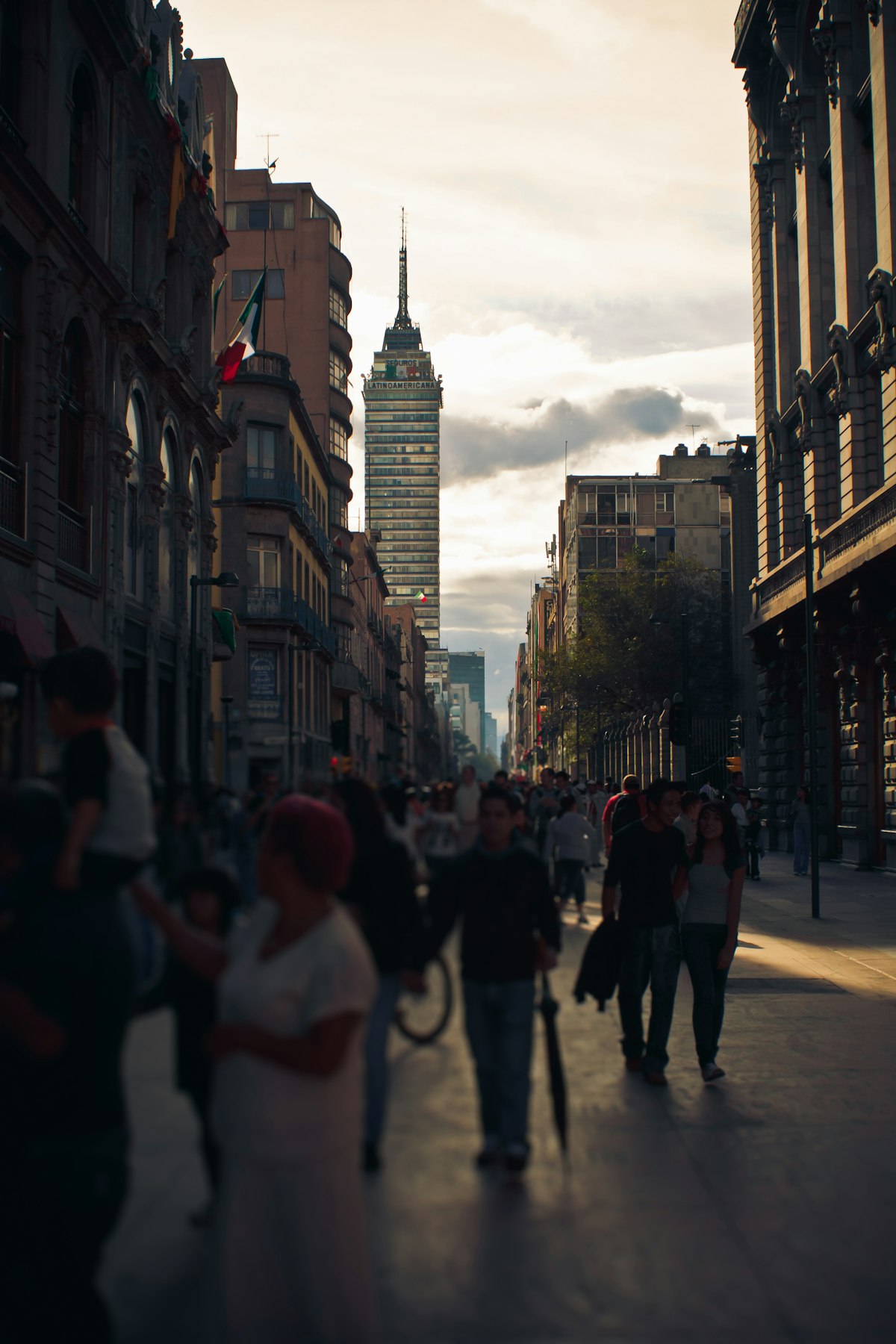Letter of recommendation: Watch a walking tour of a neighborhood in which you used to live
On looking back.

Late last year, I started my first-ever watch of the television show Cheers (1982). It's something I put off for quite a long time, despite being fully immersed in the Frasier (1993) Cinematic Universe. As you might know, Frasier Crane arrived in the bar in season three of the sitcom.
The character is almost completely reinvented in the spinoff—removed from the confines of the dusty dive, his mannerisms remain the same, but his behaviors and interests and backstory almost entirely change. Frasier was a vehicle for Kelsey Grammer and his trademark exasperation.
Cheers itself is a show that had to reinvent itself many times. Coach, the delightful dunce played by Nicholas Colasanto, dies and is replaced by Woody Harrelson. The soul of the show changes. Diane, played by Shelley Long, departs the show midway through the series, and is essentially replaced by Kirstie Alley.
Perhaps it's because of this—the penchant or necessity for change—Cheers is somewhat tough to watch in a compressed timeframe, more so than Frasier, which had a very static core cast in comparison.
So I've put off completing the last few seasons, opting to do something else rather than watch a sitcom. I'm not occupying my time with another show, but I have taken to another habit: spending my time on YouTube watching walking tours of places I used to live.
The walking tour conceit is something that needs no explanation. A nice 20-minute-or-longer amble through an area from the perspective of the videographer. They seem mostly reserved for, and popular for displaying bustling downtown areas, such as New York City and Tokyo.
The best kinds of walking tour videos are those that have no narration. The only things you can hear are the ambient environment and the swishing of clothing and footfall. The recording needs to be as steady as possible, and if there is a point of interest, the director needs to pause and pan to it. If there have to be cuts, they should be nearly imperceptible. Immersive as immersive can be. No narrative, no punchlines, just something to get lost in for a little while.
One day, I was putzing around on Google Maps' StreetView feature in a colonia (or neighborhood) of Mexico City where I lived for a year. It continues to be strange to me to say that I lived there. It feels more like I stayed there—I felt like an interloper in many ways, for lots of reasons. I got this slight tug of emotion. I missed what Mexico City sounded like.
So I plugged in "[my neighborhood] walking tour" into YouTube search and was delighted to find a few. Immediately, I was taken aback. The video opens with the ascent from the depths CDMX Metro station in the area, which I had forgotten may be as deep as the MBTA's Porter Square, where the train platforms are positioned at the center of the earth. It takes about four minutes to exit the Metro station. There are an astonishing number of escalators.
Once our tour guide makes it above ground, the astonishment doesn't really stop. The sound really hits immediately. Do sounds sound different at higher elevations? There are recorded loudspeaker messages from a fruit vendor. It's all so familiar to me. You hear the muffled sounds of conversation, sounds of dogs barking. There are so many folks out, going about their lives. The walker stops at a shrine in Parque Pombo, a small park abutting the area's large food market. There's the sounds of children playing.
The scenes of life playing out on a random evening walk are just so overwhelming. Three-thousand miles away, three years removed from my own life there, it's overwhelming to return in this way.
There's the restaurant I put off going to until later, and never did. There's the restaurant I really liked that one time. There's the gas station that sold large jugs of drinking water that I'd cross a five-lane highway to get to when I missed the water salespeople yelling out "¡agua ePura!" There is the government tower that was still under construction when I lived there. It's open now.
There's the shopping mall I'd go to in the morning when I didn't feel like making coffee and found myself wanting cold brew, where the Starbucks staff knew me by name and lived their own lives that I had no idea. After I left, one of the better local coffee chains set up shop in the mall—one that had great cold brew—and I would have much preferred to get my coffee there. But I think about that Starbucks staff from time to time.
Another video I found shows the neighborhood in a driving tour at daytime. (Driving tours are just not the same. The traffic. The turns. I'd rather be on foot.) My curiosity was piqued because it was filmed in January 2020, when I lived there. The video opens with the car turning on the street I lived right off of—tucked away in a private way. I desperately wanted to see myself emerge from the gate, headed to the store or something, unaware of the myriad ways my life would change. In a couple of days I would be on a trip to the coast and hurt in a way that I do not wish to articulate by someone I never should have trusted. In a couple of months, there would be an lockdown. And in a couple of years, I'd be back in Boston, trying and hoping to build something new for myself.
In the video, I'd be able to look into my eyes and know what kind of excitement I had, what I was suffering. I'd know I was that person, I am that person. The car passes the street. No sign of me.
And that's why you should watch walking tour videos.